Strange and Meaningful Indian Traditions
Hey! Why do you touch others’ feet when you meet them?
“Indian way of expressing respectâ€
Yes, I heard what you just said.
Customs, etiquettes and traditions are unalienable part of the Indian life, but why do we do it?
Practices rooted in antiquity do have some logical backing to them, however the reason has got buried under the dust of time. Consequently, India earned the title of a mystical land and we, Indians, became irrational!
Let’s try to unravel the meaning of some of our fascinating traditions.
- Greeting with joined palms
First things first. We greet each other by joining our palms and saying ‘Namaste or Namaskar’. The literal roots are traced to the Sanskrit language, where it means ‘I bow before thee’ (namas means to bow and te means you). According to Hindu scriptures and proven scientifically, joining hands with the tips of all the fingers pressed, activates the pressure points of the eyes, ears and mind. It helps in remembering that person for a long time. Who would have thought that?
- Touching others’ feet or charan sparsh
The first lesson in etiquettes that all Indian children receive is to touch feet of pious and elderly people. With reverence or shraddha, when their feet are touched, their hearts’ emit compassion and positive energy or karuna, which travels to their bodies’ extremities. The circuit gets completed, enabling the flow of energy and multiplying the cosmic energy too. The two minds and hearts gets connected. The hand-shake and hug do the same to an extent.
- Applying mehndi or henna on hands and feet
Mehndi not just adorn the girls, but it also acts as a potent medicinal herb. Weddings are stressful and it does take its toll on the bride and the groom. Mehndi has an inherent cooling effect on the nerves. When applied on the nerve endings, the hands and the feet, it soaks up the heat and soothes the tensed nerves.
- Tilak on the forehead
The tilak is applied between the eyebrows on the Brow Chakra (Aajna Chakra), considered to be the seat of memory and thinking in yoga. The electromagnetic energy is, especially, emitted from this subtle spot. Tilak cools the forehead and prevents any loss of energy due to various stress and strains.
- Wearing bangles
Think of an Indian woman and her tinkling bangles in all colours and hues flash before the eyes. Besides being an ornament, it is of much deeper significance. Ancient Ayurveda stated that the constant friction at the wrist area increases the blood circulation level. The energy released was absorbed by the metallic bangles (gold and silver) and transmitted back to the body. Same rationale is behind wearing anklets or payals.
- Wearing silk during religious ceremonies
Silk has the capacity to attract and store electro-magnetic energy. With the fabric rubbing against the body, the resultant electric energy produces electrostatic attraction. This energy, according to the Shastras, helps in sustaining concentration by acting on the mind of the devotee. It is even said that the vibrations generated while worshipping are stored by wearing silken clothes. Amazing, isn't it?
- Sindoor
Interestingly, application of sindoor by married women carries a physiological significance. Sindoor is prepared by mixing turmeric-lime and the metal mercury. Mercury, besides controlling blood pressure and removing stress also activates sexual drive. That is why, Sindoor is recommended to be applied right up to the pituitary gland where all our feelings are centered.
- Wearing toe rings
Normally worn on the second toe, Indian scriptures states that wearing it strengthens the uterus and regularize woman’s menstrual cycle. Rationale behind it is a A particular nerve from here connects the uterus and passes to heart.
- Always start meals with spicy and end with sweets
The Charaka Samhita states that while spicy things activate the digestive juices and acids and ensure that the digestion process goes on smoothly and efficiently, sweets or carbohydrates pull down the digestive process. Also sweets helps in secretion of the neurotransmitter called serotonin, which gives the feeling of well-being.
- Temples with bells
The sound of the bell creates unity in the left and right parts of the brain, thus enhancing concentration. The duration of the bell echo is ideal to activate all the seven healing centers in our body, clearing us of negativity.
- Fasting
The primary reason of many diseases is the accumulation of toxic materials in the digestive system. By fasting, the digestive organs get some rest and the body mechanism is restored to its original vigour.
- Offering water to the sun
Raising both hands to offer water to the rising sun filters the sun rays. Looking at the sun through the thin film of flowing water is scientifically proven to be beneficial for the eyes and energizing the body.
India is, undoubtedly, an exotic and vibrant land. When the traditions and customs have come to make some sense, aren’t you filled with awe and reverence?
I bet you are.
PROUD TO BE AN INDIAN

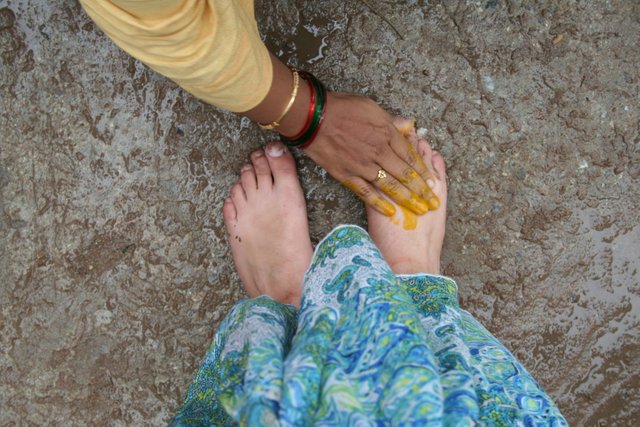
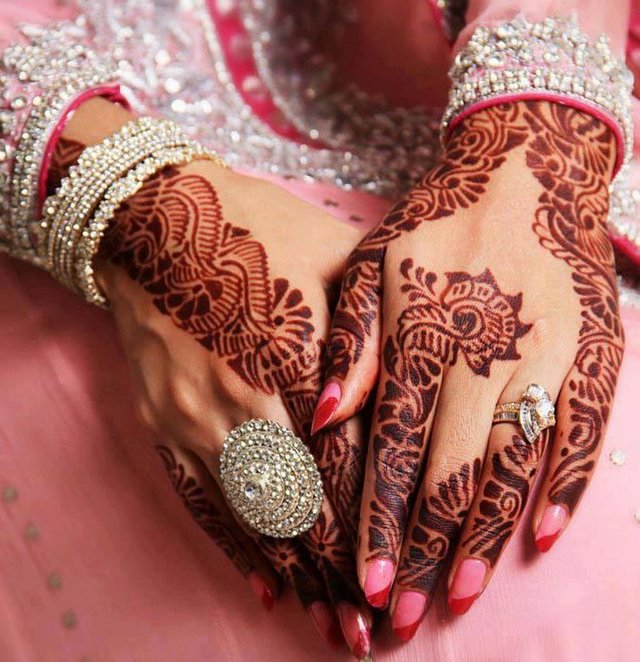
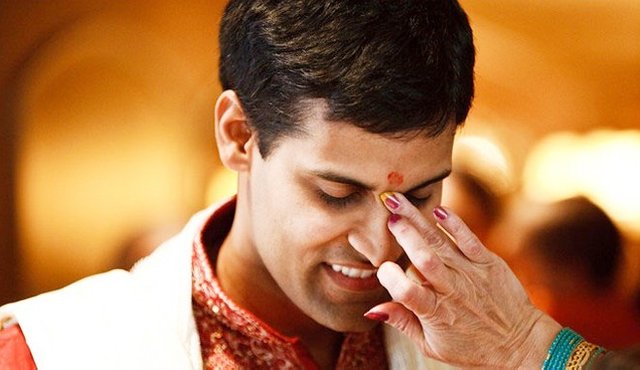
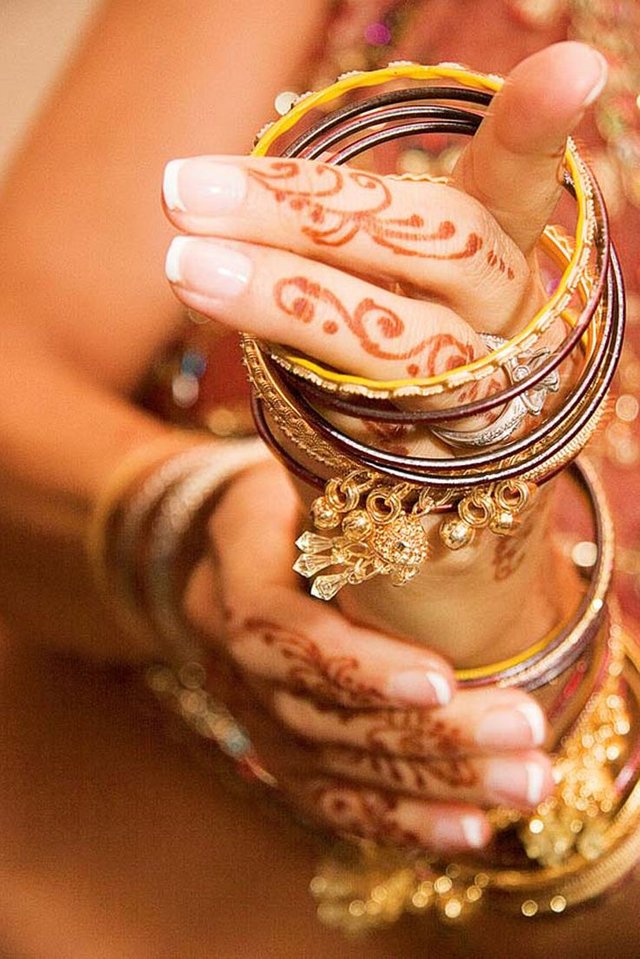
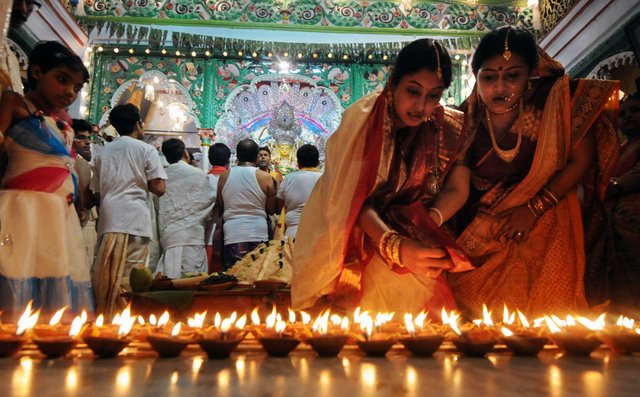
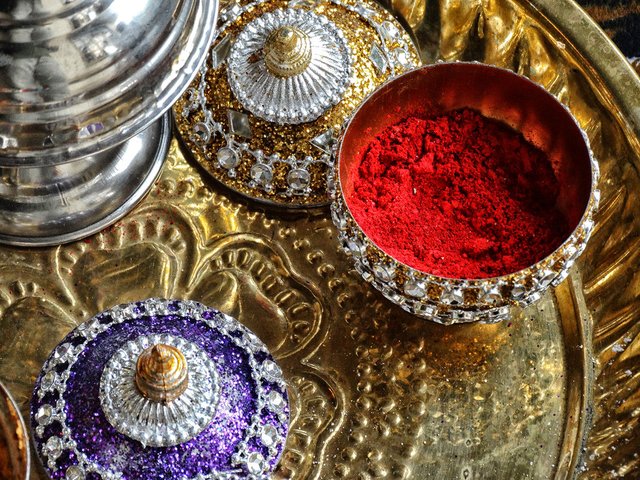

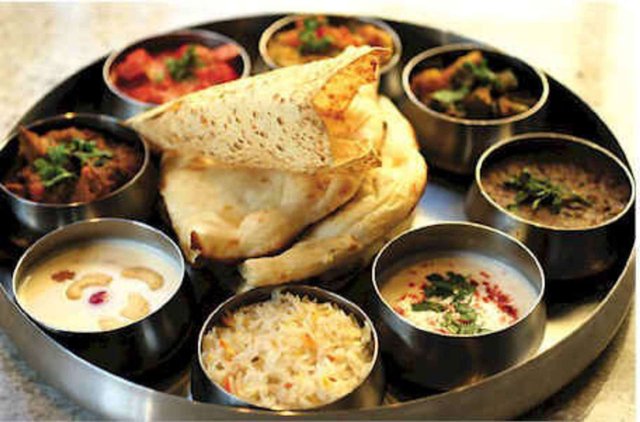
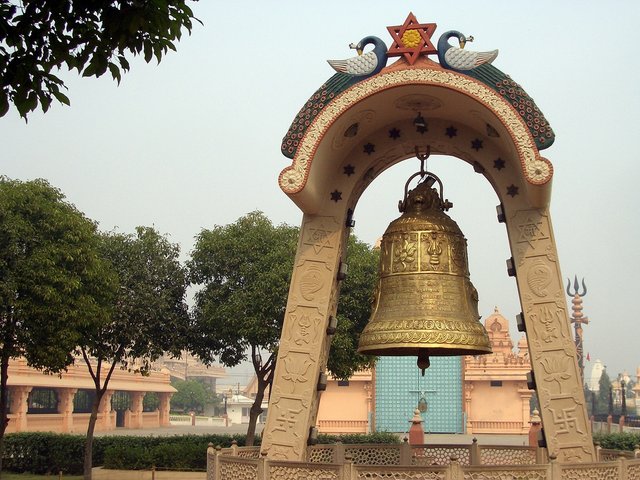


Welcome to steemit @aarkay
Thank you :-)
You are welcome @aarkay
Nice explanations of these Indian traditions.
Thank you :-)